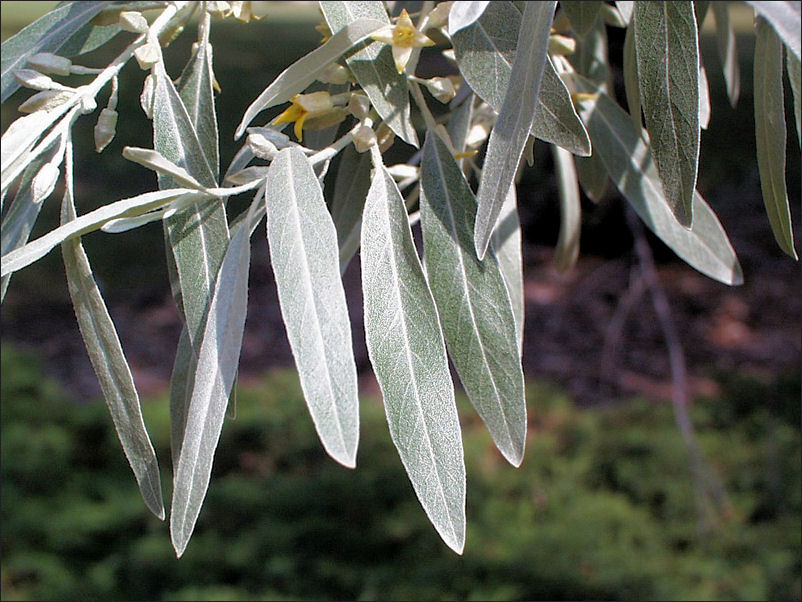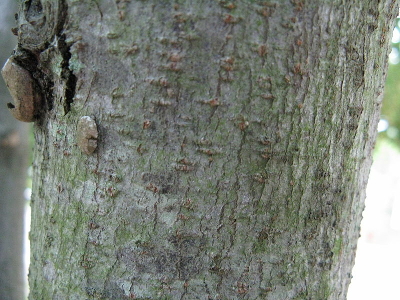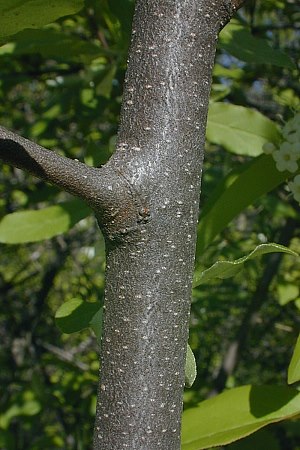autumn olive tree bark
Autumn Olive Elaeagnus umbellata Oleaster family Elaeagnaceae Description. Autumn olive has bright speckled red berries in the fall.
Elaeagnus Umbellata Autumn Olive Minnesota Wildflowers
It has gray bark that is split and furrowed.
. Fact Sheet 7 Autumn-olive and Russian-olive Elaeagnus umbellata E. There are much better alternatives you can provide deer than the autumn olive tree. This application method uses triclopyr ester mixed with an oil diluent ie.
Fairly smooth with pin-prick cracking. Autumn elaeagnus oleaster silverberry spreading oleaster. Long wavy and slender.
They are tubular with four petals and stamens and are. Distribution and Habitat Autumn olive is found from Maine to Virginia and west to Wisconsin in grasslands fields open woodlands and other disturbed areas. A bit of good news for an otherwise seriously invasive plant.
They were not in my area. I never saw autumn olive trees until the mid 70s. Autumn Olive Elaeagnus umbellata.
Ad Compare Prices Read Reviews. Chemical control Foliar Application. Undiluted Garlon 4 or Garlon.
Autumn Olive is native to Asia. Bark Oil Blue kerosene applied directly to the bark of autumn olive from the root collar up about 12-18 inches. This method will kill the top of the tree but re-sprouts are common and may require follow-up treatments for several years.
Perennial deciduous shrub up to 10-15 tall and wide usually very branched with silvery andor brown scales along twigsSome plants bear 1 woody spines. The autumn olive trees were brought into our area in Missouri by the conservation department for wildlife habitat. It is not to be mistaken for other red berries such as bush honeysuckle.
Plum or sumac trees. The Autumn Olive Plant likes moderate to well drained upland soils and is an excellent plant for windbreaks hedge or borders and is widely used in wildlife plantings. Autumn olive Elaeagnus umbellata is a nitrogen-fixing shrub or small tree native to East Asia.
AUTUMN OLIVE Elaeagnus umbellata RUSSIAN OLIVE Elaeagnus angustifolia IN BRIEF Closely-related Autumn olive and Russian olive grow as shrubs or small trees. The central trunk on mature shrubs if any is short. It was brought into the Unites States for stopping erosion making living road screens and used as ornamentals.
Thin-line basal bark treatments with triclopyr herbicide trade name Garlon have demonstrated 95-percent kill. The Autumn Olive Shrub Plant is a large spreading deciduous shrub that can grow between 8 and 18 ft. Both were introduced for landscaping roadbank.
Autumn Olive Russian Olive Autumn olive branch. Autumn olive was introduced into the United States in 1830 and widely planted as an ornamental for wildlife habitat as windbreaks and to restore deforested and degraded lands. Autumn olive invades open and forested natural areas as well as roadsides and agricultural fields.
Autumn olives young twigs are silvery with brownish scales giving them a speckled appearance. Simple alternate tapered at both ends distal end may be blunt-tapered 1-3 long leaf edges entire but crinklywavy. Tubular 4-petaled flowers of autumn olive.
It was introduced into North America in the 1830s. Recommended USDA zones for Autumn Olive Bushes. Use this approach for large trees.
With age the bark becomes light gray to gray-brown. Stems buds and leaves have a dense covering of silvery to rusty scales. Thorns on young branches may be several inches long.
The plant should be treated during the summer between July to August. Be sure that the cut goes well into or below the cambium layer. It thrives in high light conditions where it can produce numerous fruits.
Autumn-olive and Russian-olive are deciduous shrubs or small trees that grow to a height of 30 feet. Free Shipping on Qualified Orders. Using a hand-axe make a cut through the bark approximately 15 cm 6 in above the ground and cut completely around the trunk.
An ultra-low volume spray wand should be used to minimize herbicide use and reduce the potential for non-target injury. The most commonly used herbicides are dicamba Tordon 101 Banvel glyphosate and 24-D. Autumn-olive leaves are small oval smooth-margined.
It grows rapidly and can reach a height of 20 feet. Autumn olive has fragrant cream or light yellow flowers. This is a woody shrub about 10-20 tall that branches frequently.
Gray fibrous bark of autumn olive. This shrub can grow up to 20 feet tall and is called autumn olive because the plant resembles the Mediterranean olive tree and has a drupe as the fruit. 2019 Status in Maine.
It is usually a little taller than wide. This hardy plant is spreading like wildfire and outcompeting native species that are better suited for deer and other wild animals. Foliar application is also an effective control measure to completely eradicate autumn olive.
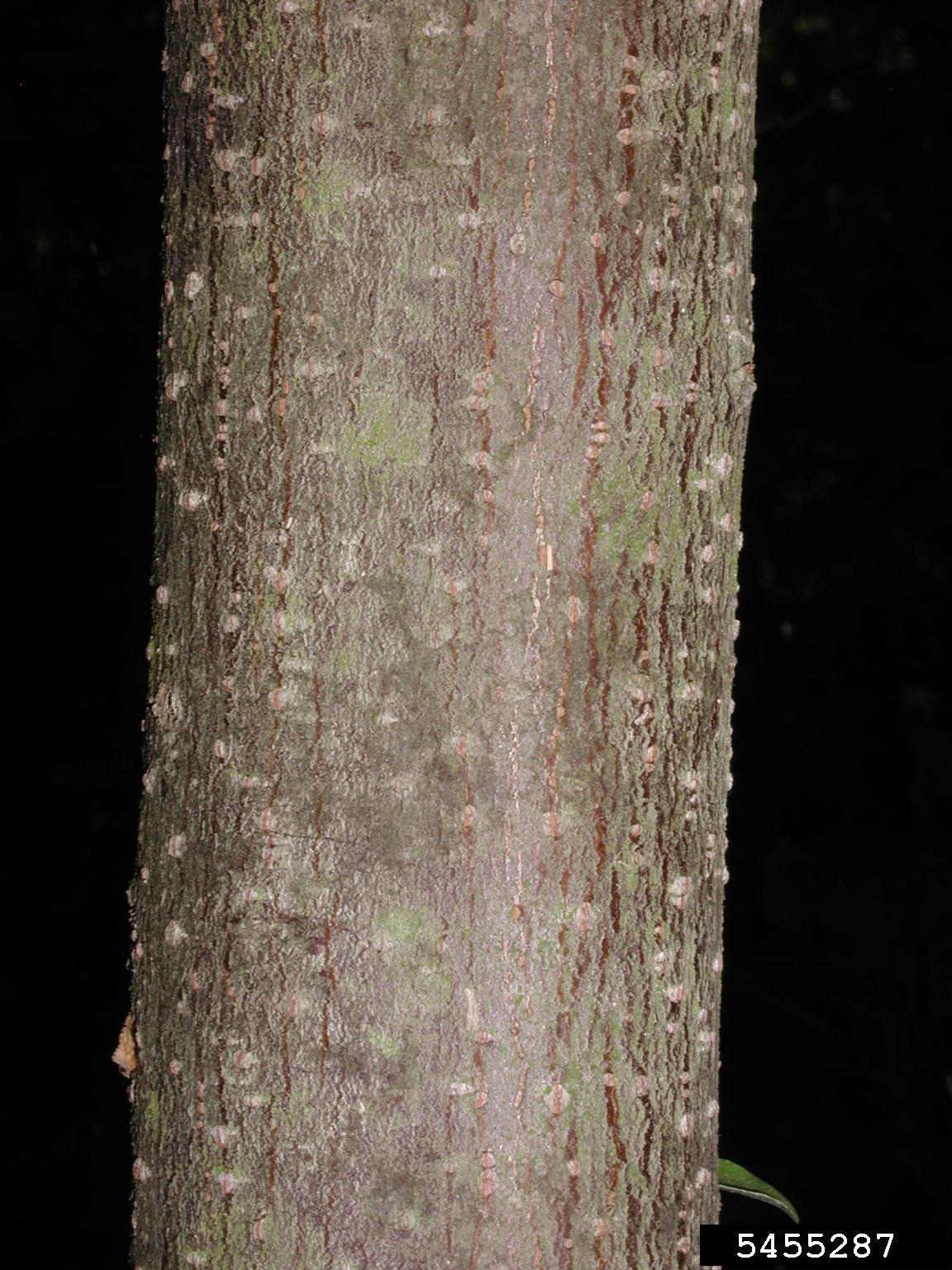
Elaeagnus Umbellata Lower Hudson Partnership For Regional Invasive Species Management
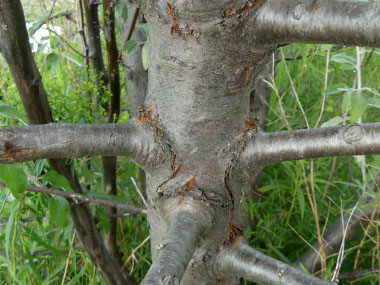
Russian Olive Identification Leaves Bark Habitat Elaeagnus Angustifolia
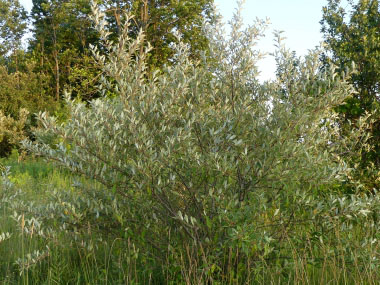
Autumn Olive Identification Leaves Bark Habitat Elaeagnus Umbellata
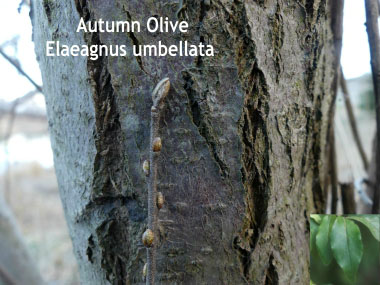
Autumn Olive Identification Leaves Bark Habitat Elaeagnus Umbellata
Minnesota Seasons Russian Olive
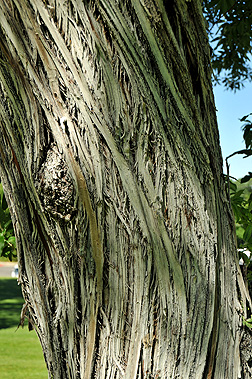
Virginia Tech Dendrology Fact Sheet
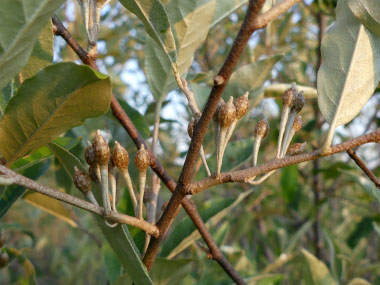
Autumn Olive Identification Leaves Bark Habitat Elaeagnus Umbellata
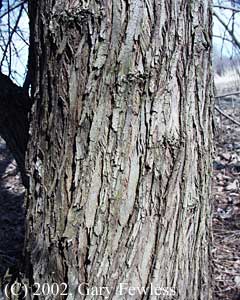
Trees Of Wisconsin Elaeagnus Umbellata Autumn Olive

Russian Olive Woody Invasive Species Of The Great Lakes Basin

Autumn Olive Nonnative Invasive Plants Of Southern Forests A Field Guide For Identification And Control
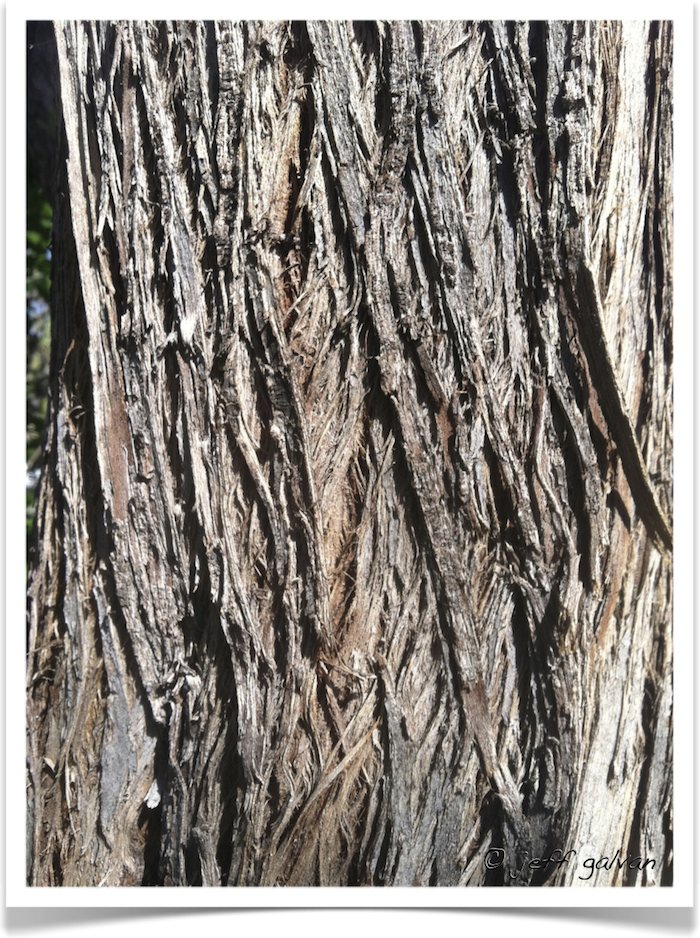
Russian Olive Identify By Bark Boulder Tree Care Pruning Tree Removal Services
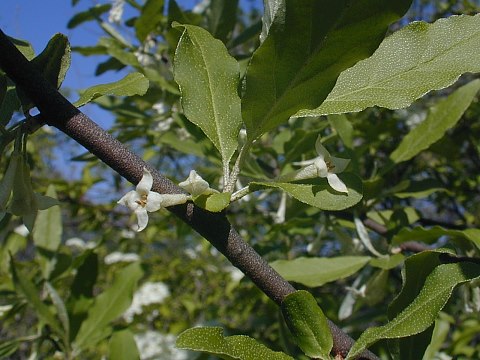
Autumn Olive Elaeagnus Umbellata

Elaeagnus Angustifolia Russian Olive Go Botany
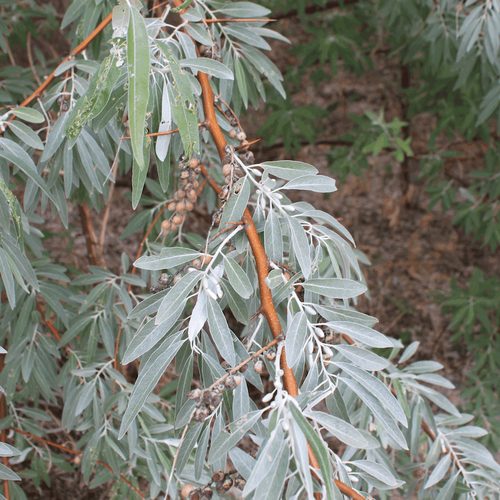
Washington State Noxious Weed Control Board
Elaeagnus Umbellata Autumn Olive Nre 436 Also Eeb Or Environ

Autumn Olive Nonnative Invasive Plants Of Southern Forests A Field Guide For Identification And Control
